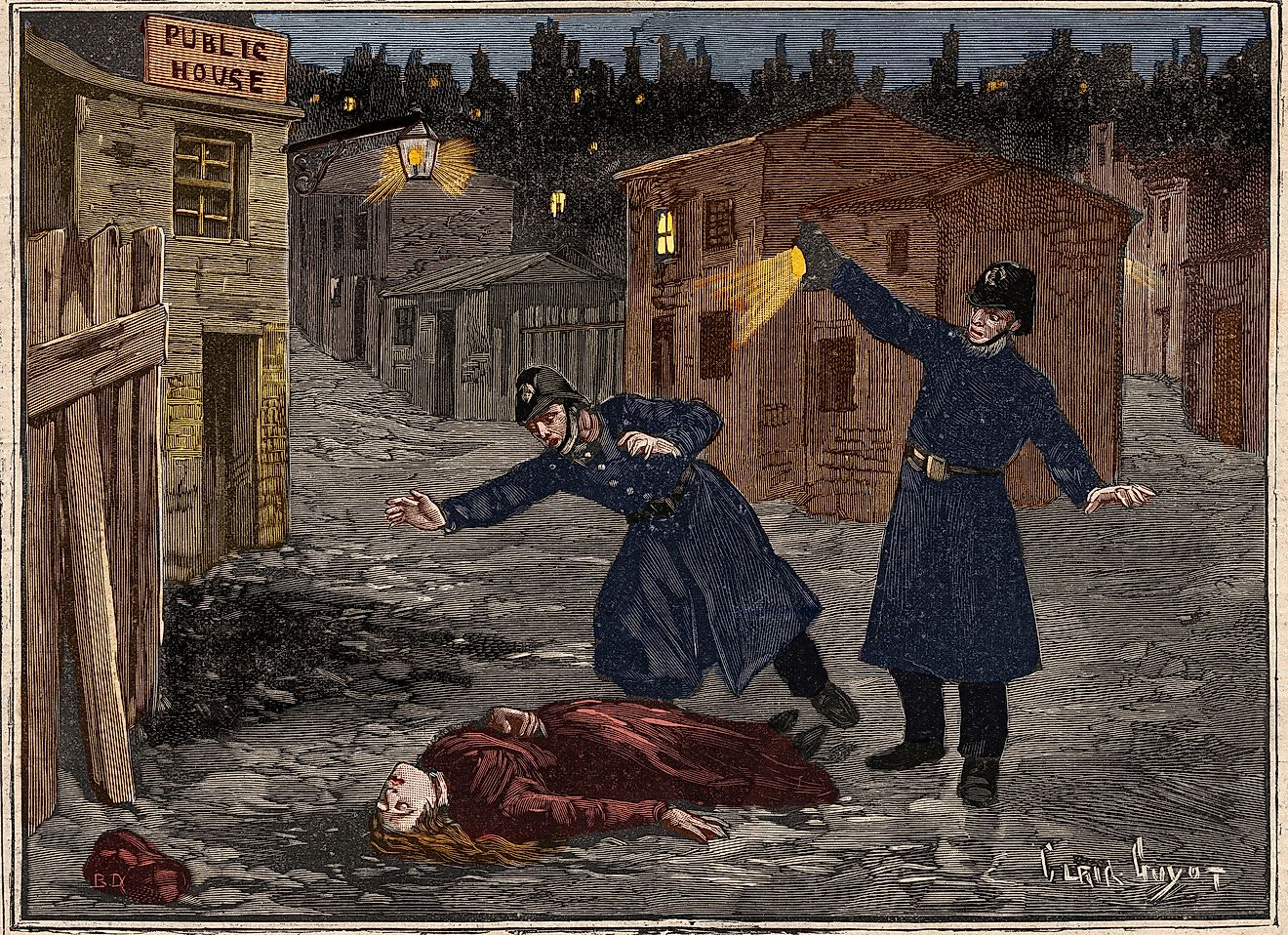March Birthstone: Bloodstone

Aquamarine is a well-known March birthstone. But there is also an alternative stone, one with uncommon looks and unusual history.
Bloodstone is an opaque polycrystalline rock consisting, in its best presentation, of dark green jasper with spots or larger areas of red-colored inclusions of hematite (although yellow, creme and brown can often be present). It is lustrous when polished, relatively soft, and always opaque. The perfect color combination and pattern are deep, clean green with a splatter of dark red to purplish-red contrasting spots. Specimens with this pattern and color are very rare.
What Is The Meaning Or Symbolism Of Bloodstone?
The name bloodstone is pretty apparent: the stone looks as if blood splashed or sprayed on the ground somehow crystallized to preserve the pattern for ages. The beliefs mostly centered around this resemblance. As a rule, every stone that somehow reminds of blood (red garnet, red spinel, ruby…) attracts a lot of attention and just as many superstitions.
Bloodstone can be found embedded into rocks, among the gravel from the crushed ones or along the riverbeds. It is soft enough to work with even with early instruments. This gem was used by Babylonians (pre-539 BC) as an amulet with healing properties, relieving wounds if applied to them, or aiding in rituals. Documented descriptions go as early as the 1st century. During antiquity, the stone was revered as a "stone of magicians" with multiple mystical properties, starting with granting invisibility.

Works of the 4th century describe the stone as one with powers to summon rain or solar eclipse. It was thought to be especially useful in divination and magical rituals preserving health and youth.
The ancient Romans carried the stone to enhance their endurance and to protect against venomous bites. The athletes used it as a talisman to succeed in games. Ancient warriors from Rome to India relied on it to stop the bleeding and help to heal wounds (which is a shared superstition for the majority of red-colored stones). Later, Christians created their own legend stating that the splatter of red dots comes from Christ's wound as he was stabbed in his side during the crucifixion. In the Middle Ages, the stone was considered useful mainly in animal husbandry.
How Was Bloodstone Used?
The stone, especially specimens with most valuable patters, was used in antique jewelry, signet rings, and even symbolic cups or figurines. Fashioned into wearables, the stone was carved with a family's crest or coat of arms to stamp the wax when sealing letters and documents. Later, the stone was used to decorate boxes and chests with polished or carved panels.
An example of an interesting form created with the bloodstone is a nef on display at Waddesdon Bequest at the British Museum. These shallow bowls or plates on a tall handle were made with a solid piece of stone adorned with gold and encrusted with other gemstones.
In modern days, bloodstone is typically shaped into polished cabochons and domes to expose the contrasting colors and patterns. Lesser specimens are used for beads or small carvings.
Where Does The Best Bloodstone Come From?
Bloodstone is being sourced in the United States, India, Brazil, Australia, Germany, Italy, and South Africa. In the US, small deposits of bloodstone can be found along with other jaspers in Washington, Oregon, California, and Nevada.











